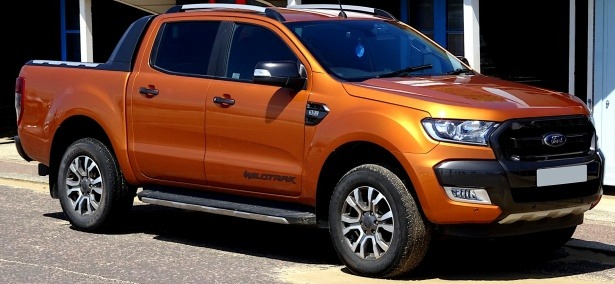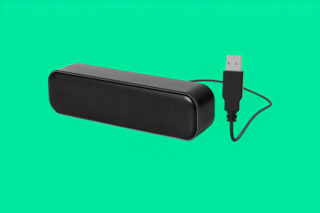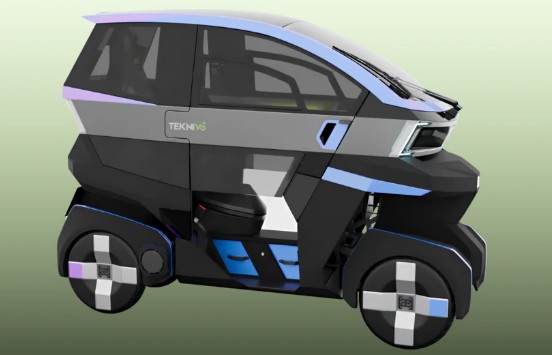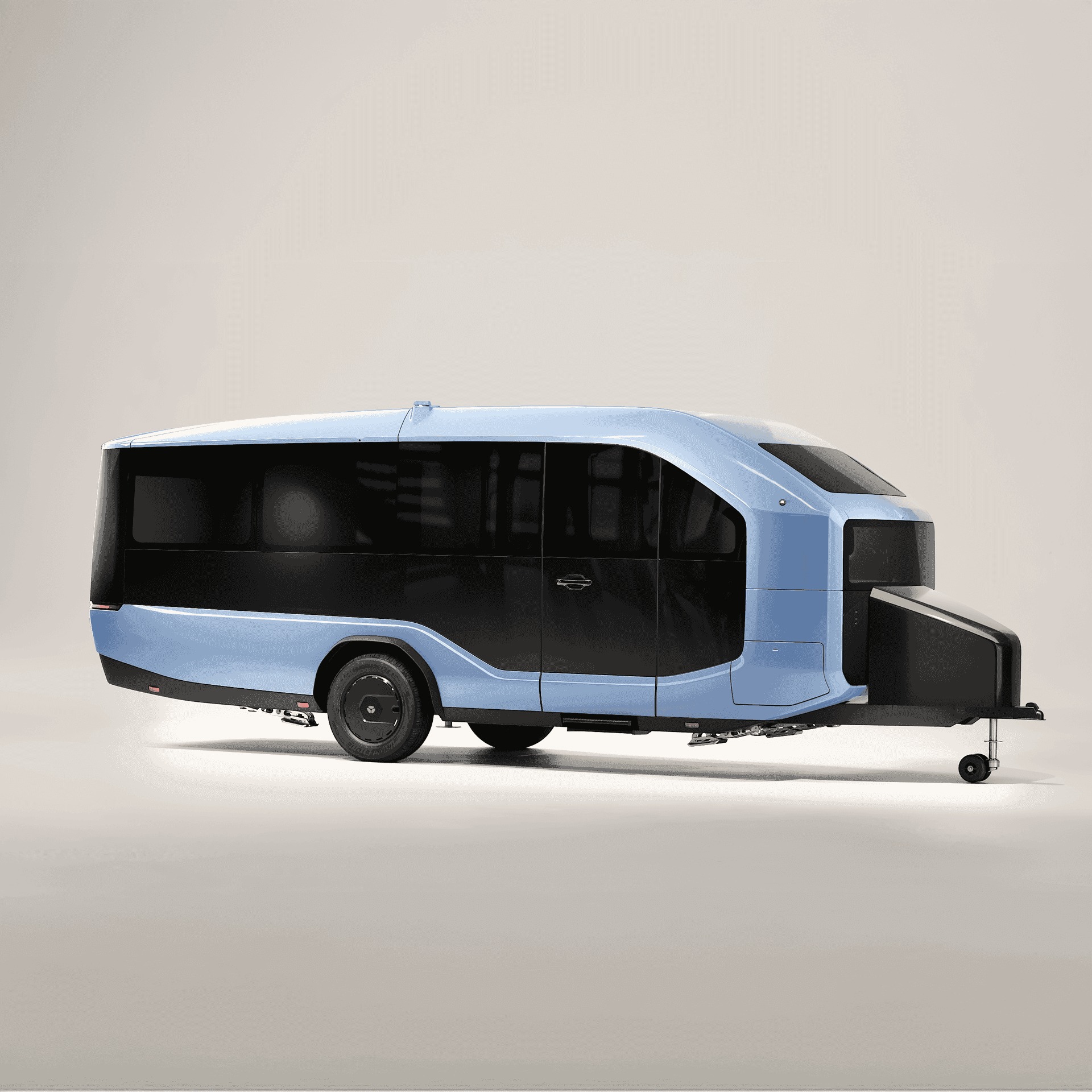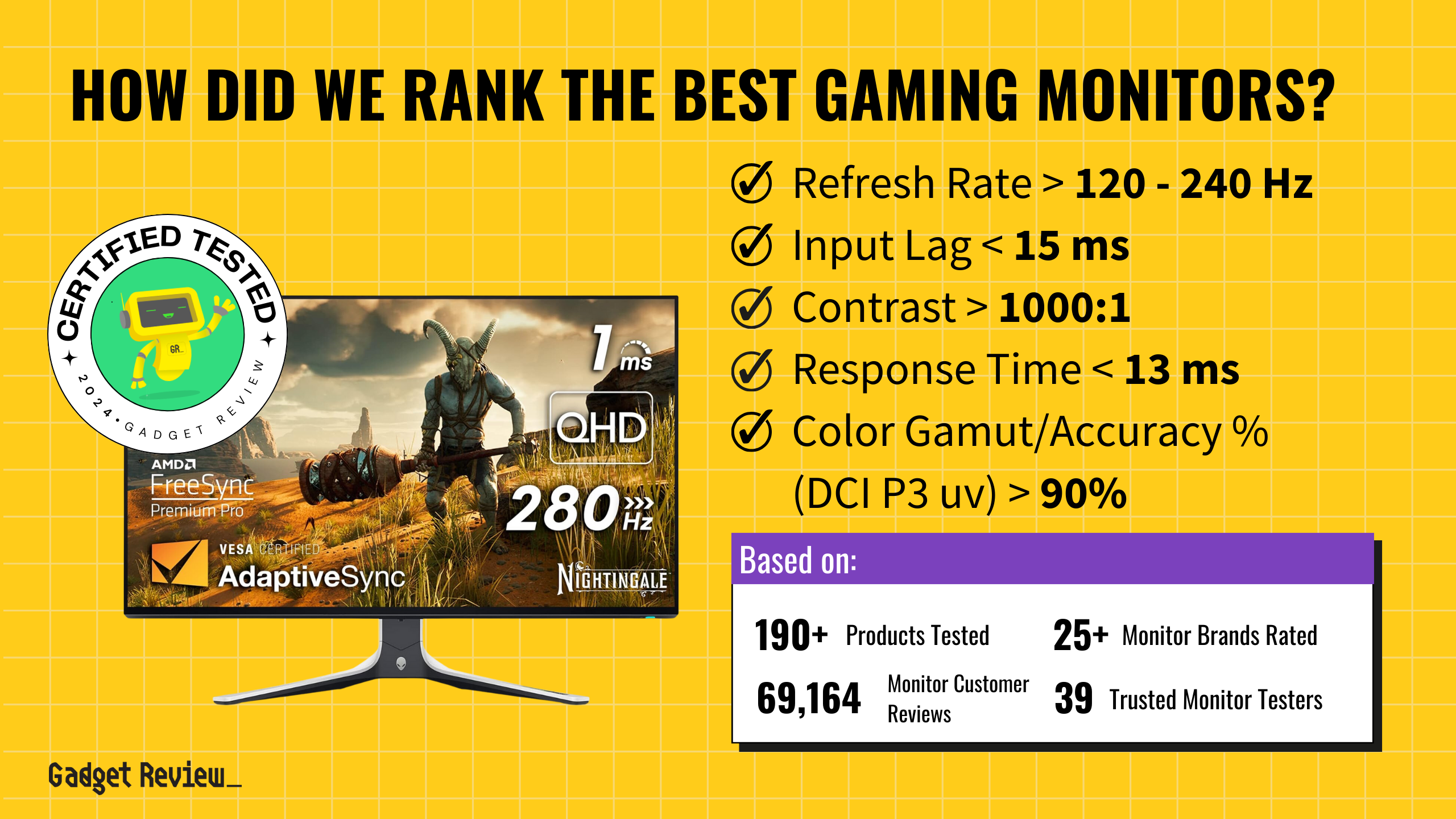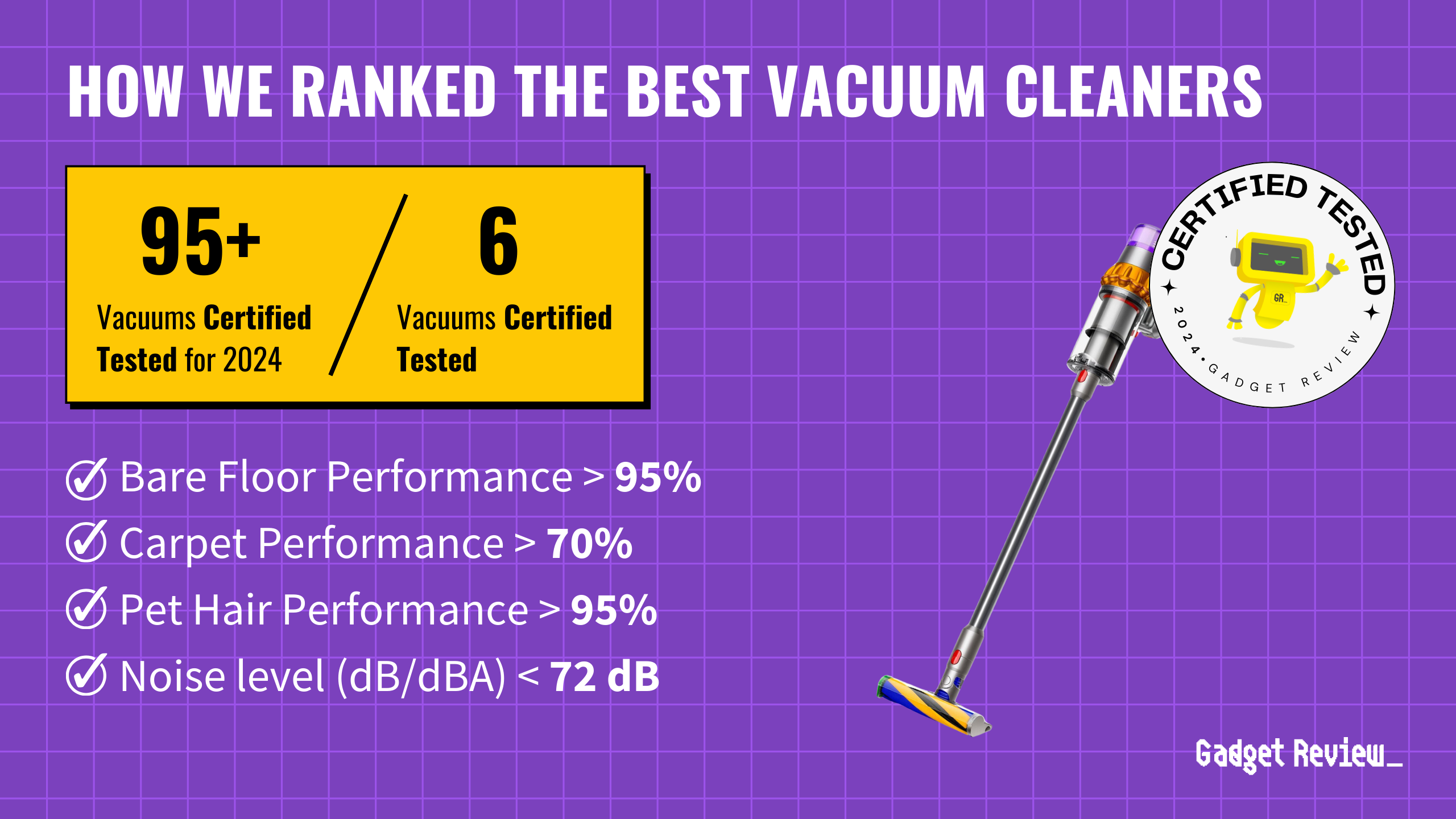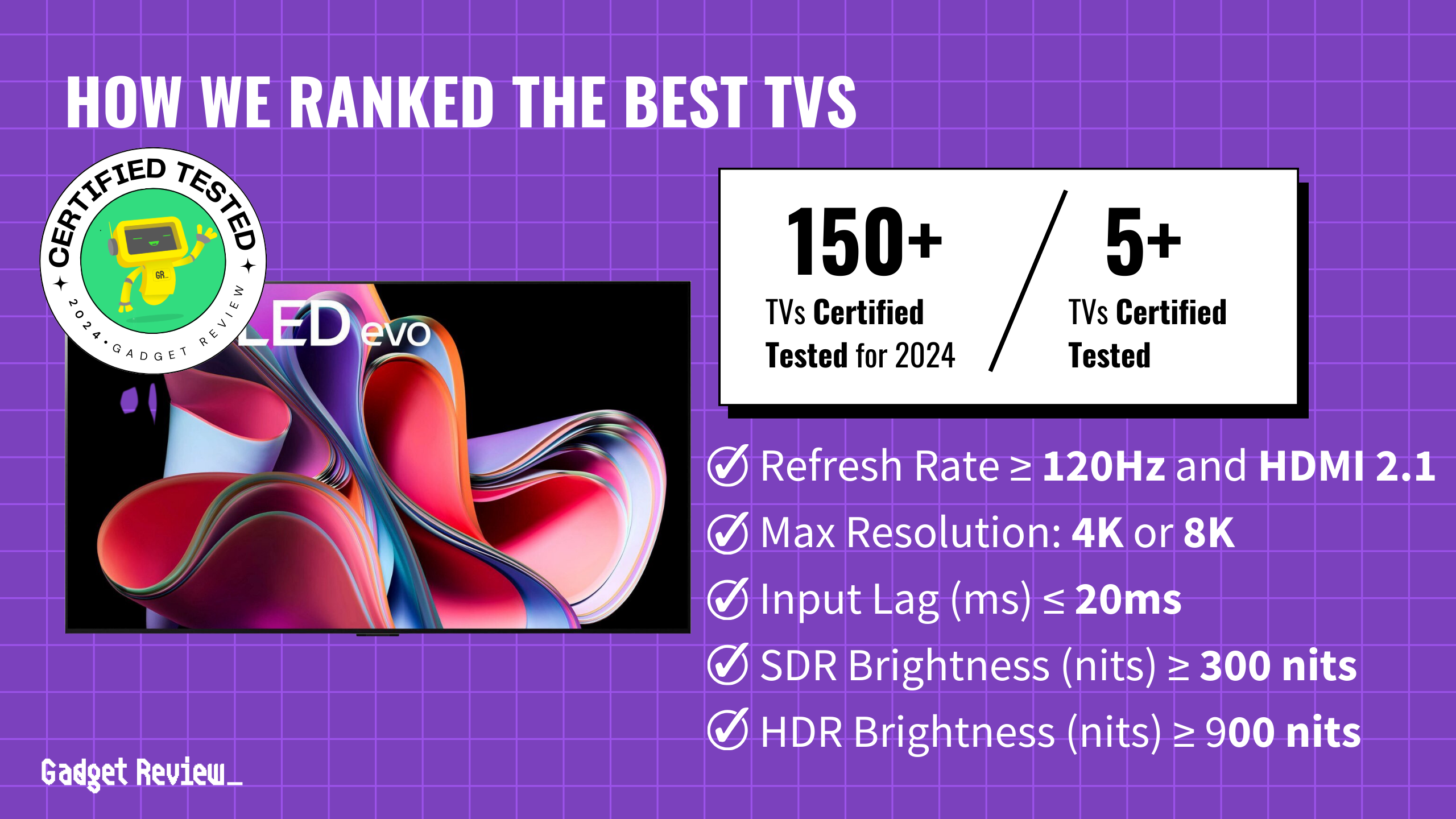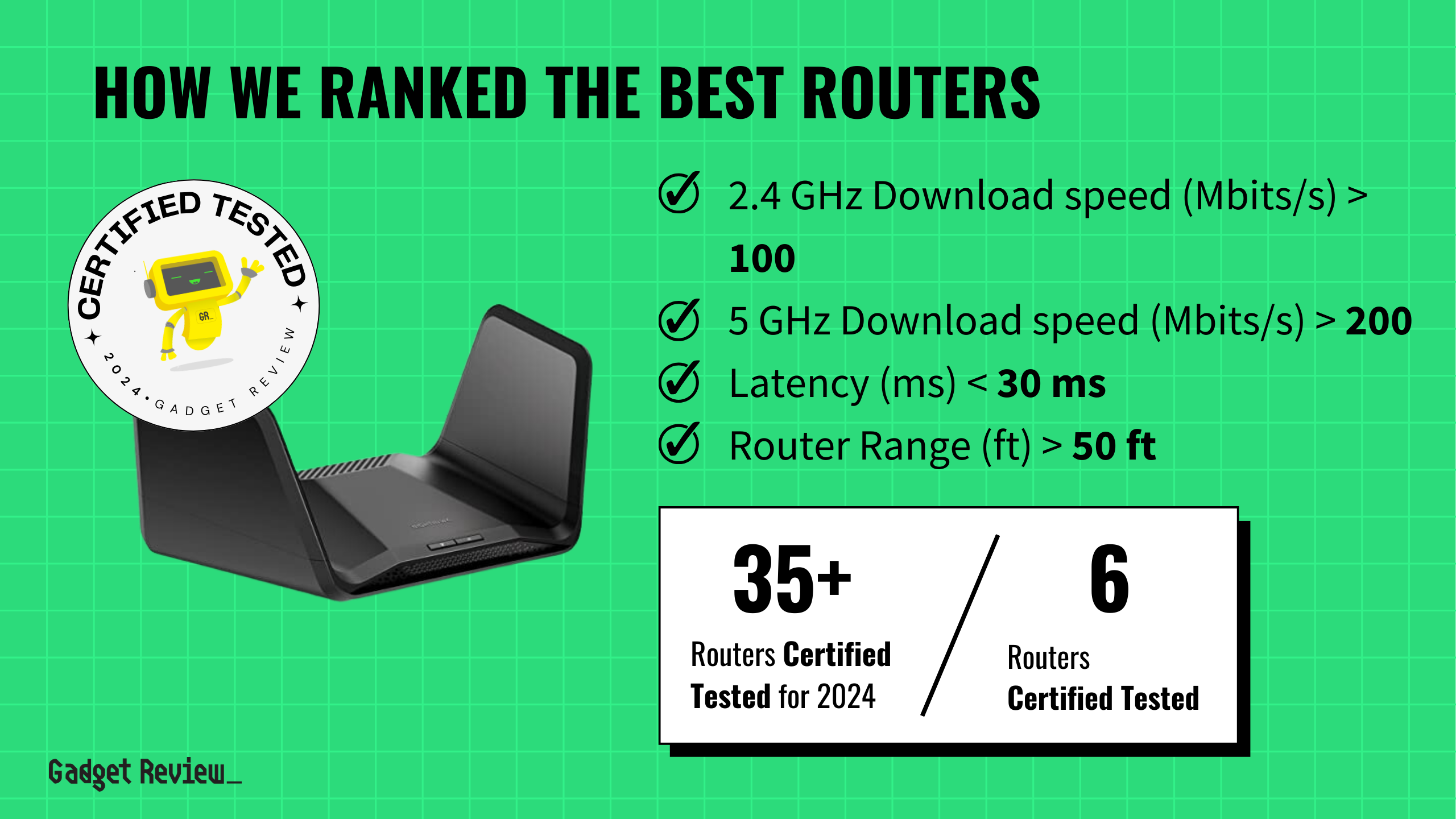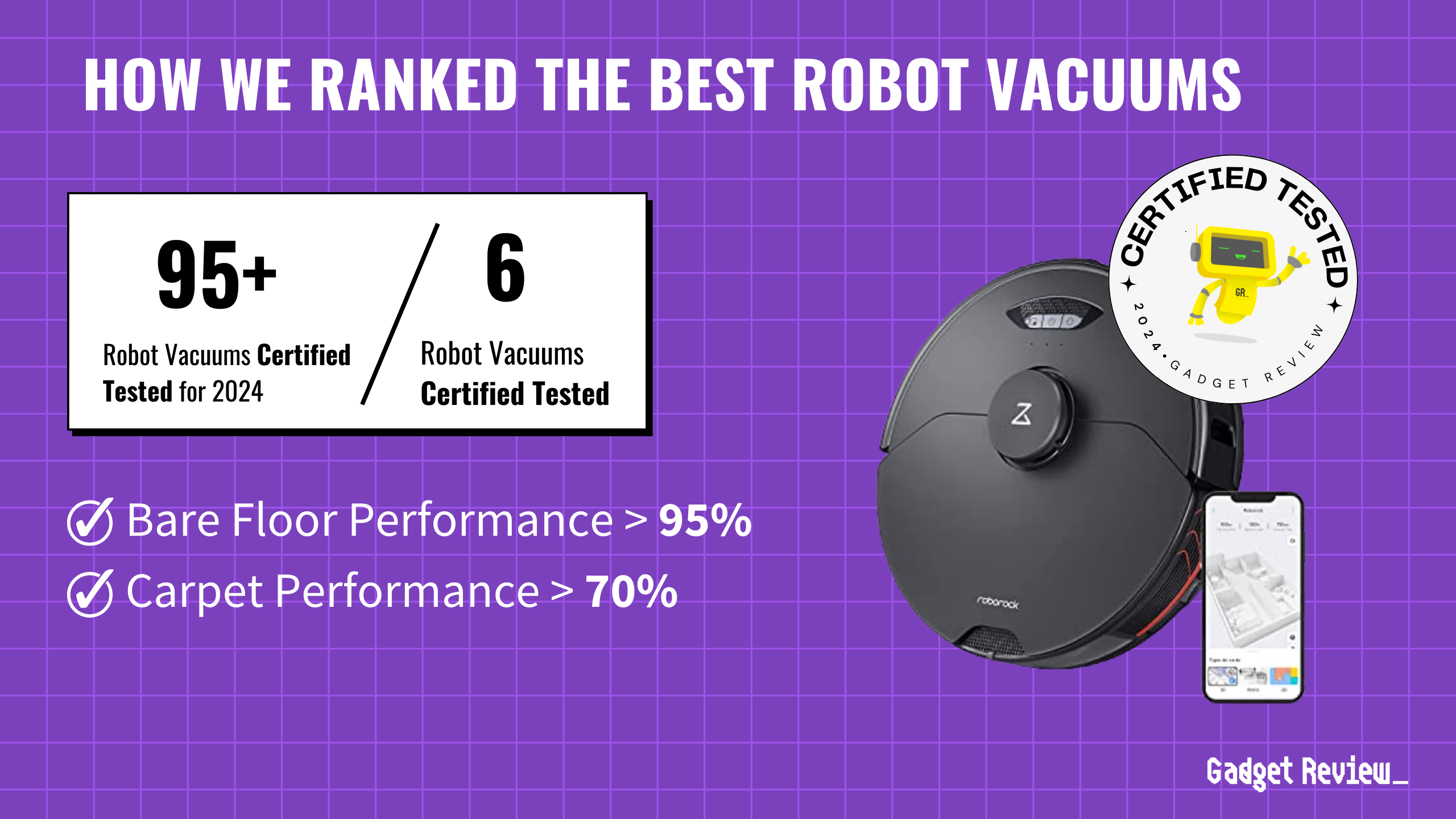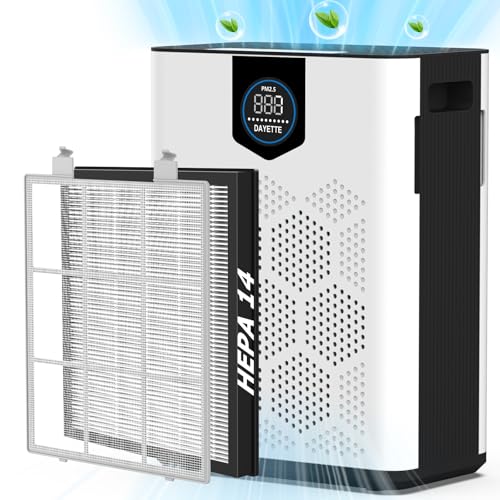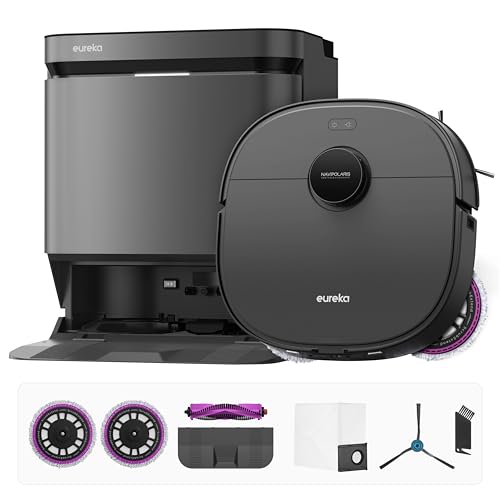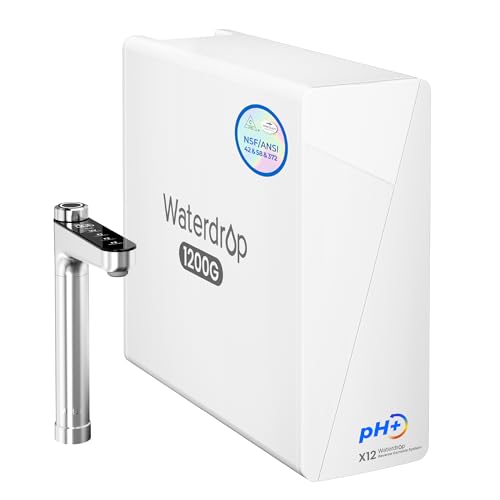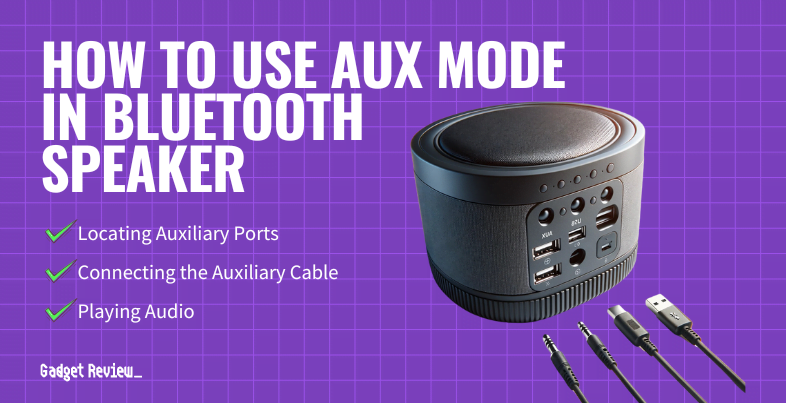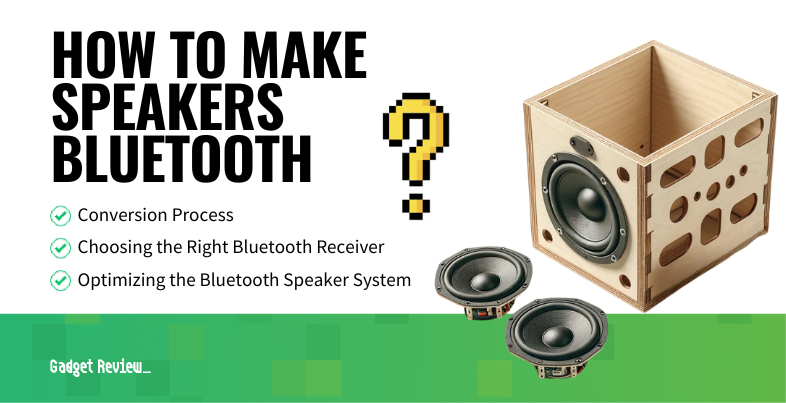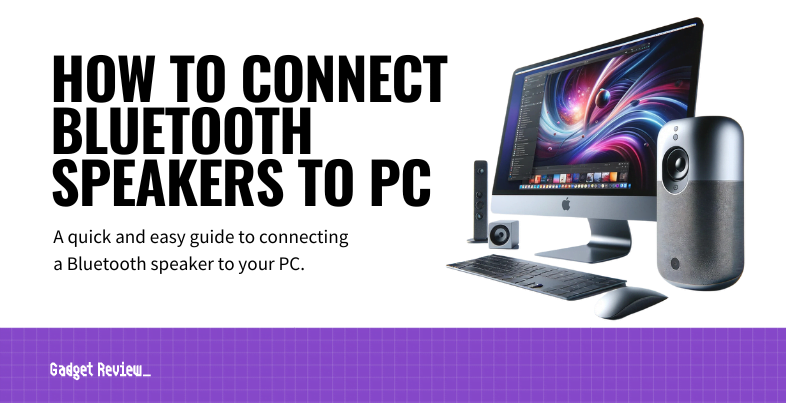Your shiny new lift kit costs $3,000 online, but your bank account tells a different story. Labor, alignment, and the inevitable “while we’re in there” additions push that price into $5,000-plus territory faster than your lifted truck burns through a tank of gas. What seems like straightforward hardware quickly becomes a complex installation requiring professional expertise, specialized tools, and inevitable complications that weren’t mentioned in the product description.
The Insurance Plot Twist Nobody Mentions
Major insurers view lifted trucks as rolling liability magnets, and your monthly payments reflect that fear.
Insurance companies treat modifications like confession letters for risky behavior. That 6-inch lift and oversized tires scream “accident waiting to happen” to actuaries, triggering premium increases that compound monthly. Some insurers refuse coverage entirely for heavily modified rigs. According to RealTruck analysis, failing to disclose modifications can void your policy when you need it most—leaving you financially exposed during the exact adventures you upgraded to enjoy.
Premium hikes vary by insurer and modification type, but expect significant increases across the board. Your monthly insurance payment becomes another hidden cost that manufacturers conveniently forget to mention when showcasing their latest suspension kits.
Your Wallet’s Worst Enemy: The Upgrade Snowball
Bigger tires need stronger axles, which require re-gearing, which demands upgraded brakes—welcome to modification hell.
Automotive systems connect like a house of cards built by engineers. Your innocent tire upgrade stresses the differential. The differential demands re-gearing. Re-gearing requires labor-intensive teardowns. Meanwhile, your factory brakes struggle with heavier wheels, your steering fights increased rolling resistance, and your speedometer lies about actual speed.
Each fix creates new problems, turning your $2,000 wheel upgrade into a cascading expense that would make subscription services jealous. What started as a simple aesthetic change becomes a complete drivetrain overhaul that costs more than your original truck payment.
The Fuel Economy Reality Check
Aerodynamic drag and rolling resistance conspire to empty your tank 3-5 MPG faster than stock.
Physics doesn’t care about your Instagram aesthetic. Lifting your truck increases wind resistance while bigger tires create more rolling friction—a double hit to fuel economy that costs real money at every fill-up. Over 15,000 annual miles, losing 4 MPG transforms a minor modification into a $500+ yearly fuel penalty.
Your lifted truck looks tough, but your wallet gets weaker with every gas station visit. That improved ground clearance comes with permanently higher operating costs that continue long after the installation bill is paid.
The Resale Value Funeral
Dealers and buyers prefer predictable, stock vehicles over your carefully curated masterpiece.
Your $15,000 modification investment evaporates at trade-in time. Dealerships discount heavily modified trucks because most buyers want reliability over personality. That lift kit reducing resale value makes your truck a depreciating asset with performance-car ownership costs but economy-car resale prospects.
Personalized trucks often sit longer on used lots, forcing sellers to accept lower prices. Love your modifications for the joy they bring—because the market certainly won’t reward your investment when it’s time to move on.


